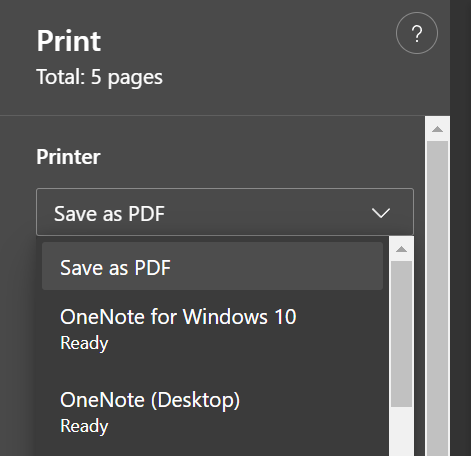Species/Cultivar Selection
Use of Stress-tolerant Rice Varieties
Climate Adaptation Effectiveness
In Naujan, PSB Rc10 and PSB Rc18 were the two rice varieties identified to help mitigate the effects of climate change on the rice fields. PSB Rc10 has a shorter maturity period and can be harvested before the high rainfall periods while PSB Rc19 can withstand five to seven days of complete submergence and can be harvested 123 days after seeding [1][2].
Climate Hazards
- Rain-Induced Flooding
- Rainfall Variability
- Sea Level Rise
Locations
- Naujan, Oriental Mindoro, Region IV-B (MIMAROPA)
Adaptation Sectors
- Agriculture
CCET Instuments
- Action Delivery
Target Group based on Vulnerability
Basic Sectors:
- Children
- Farmers and Landless Rural Workers
- Indigenous Peoples
- Persons with Disabilities
- Senior Citizens
- Women
- Youth and Students
Evaluations
Economic / Financial Effectiveness
The initial cost of implementation is PhP 24,000/hectare with a 2-year return on investment. Rice fields in Naujan, Oriental Mindoro have an estimated annual profit of PhP 7,750/hectare and internal rate of return of 75%. Even if the rice yield is lower, this practice is still much more profitable than using traditional rice varieties [1].
Technical Feasibility
The use of the mentioned rice varieties requires technical knowledge and specific management methods such as lowering the amount of fertilizer used, synchronizing planting seasons in communities for pest management, and using the wet bed method. It also entails the utilization of equipment for land preparation and rice harvesting to prepare for the onset of heavy rainfall. LGUs could assist in obtaining the seeds for the stress-tolerant rice varieties as well as to disseminate information on this practice [1][2].
Social Acceptability
An estimated 1% of rice farmers in Oriental Mindoro currently adopt this practice but it is projected that all of the rice farmers would adopt this method in the upcoming years [1].
Environmental Impact
It is suggested by the Philippine Rice Research Institute to lessen the amount of fertilizer by 20%-30% when using the stress-tolerant rice varieties. This would maintain the soil quality and lower the probability of soil contamination [2].
Mitigation co-benefit
Less use of chemical fertilizers would lower greenhouse gas emissions. However, it is suggested to use machines and equipment to speed up land preparation and rice harvesting in time for the heavy rainfall period. This could contribute to the increase of emissions [2].
Keywords
stress tolerant rice varieties, reduced production loss, submergence tolerant, drought tolerant, early maturing varety, stress tolerant /resistant crops
References
